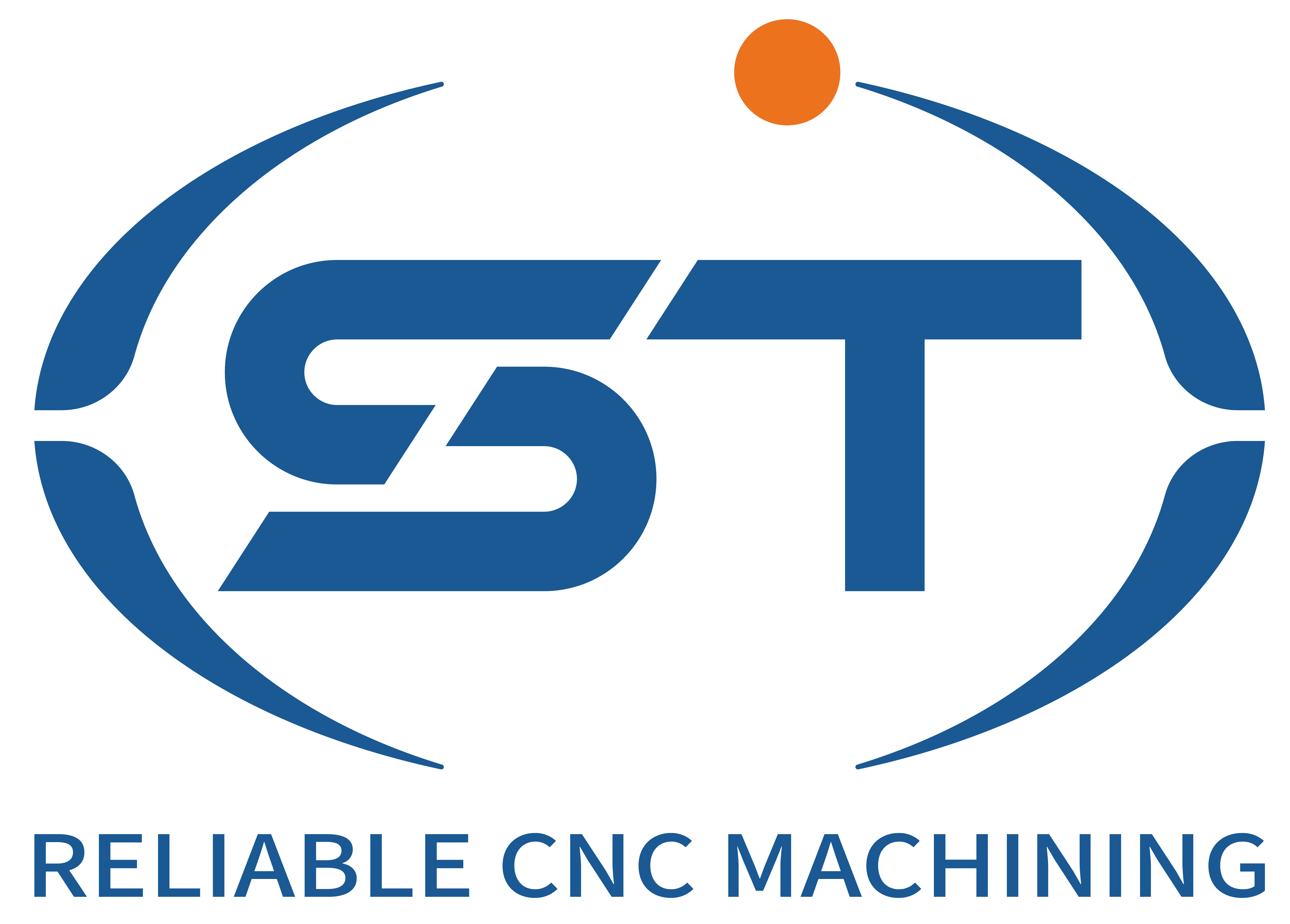The special requirements for ЧПУ обработки of automotive electrical parts are mainly reflected in aspects such as precision control, material property adaptation, structural complexity handling, electrical performance guarantee, and processing flow optimization. The following is a specific analysis:
Precision and tolerance requirements
Automotive electrical components have extremely high requirements for dimensional accuracy and tolerances, and the tolerances of some key parts need to be controlled at the micrometer level. For instance, the diameter tolerance of the connector pins may be required to be within ±0.005mm to ensure the stability of electrical contact. During the processing, high-precision CNC machine tools should be adopted, and an online measurement system should be used to monitor the dimensional changes in real time and dynamically adjust the processing parameters. In addition, the shape and position tolerances such as perpendicularity and parallelism must also be strictly controlled within the specified range to avoid assembly difficulties or a decline in electrical performance caused by excessive tolerance.
Material properties and processing techniques
Common materials for automotive electrical parts include copper alloys, aluminum alloys and special engineering plastics. Copper alloys have good electrical conductivity but are prone to sticking to the cutting tools. Special cutting tools need to be adopted and the cutting parameters optimized. Aluminum alloy has high strength but a large coefficient of thermal expansion. The processing temperature needs to be controlled to avoid dimensional changes. Engineering plastics need to be cut at a low speed to prevent melting. For different materials, appropriate tool coatings and geometric parameters need to be selected. For example, when processing copper alloys, TiAlN-coated tools can be chosen to reduce chip adhesion.
Complex structure and miniaturization characteristics
The structure of automotive electrical components is complex, often containing tiny holes, deep cavities, thin walls and irregular curved surfaces. For example, the relay housing may contain micro-holes with a diameter of less than 0.5mm, and ultra-precision processing technology is required. The connector terminals may have a thin-walled structure with a thickness of 0.2mm. It is necessary to optimize the fixture design and cutting force control to prevent deformation. When processing such parts, a five-axis CNC machine tool should be adopted, and the tool path should be optimized through simulation analysis to ensure the processing accuracy of complex structures.
Electrical performance guarantee
Adverse effects on electrical performance should be avoided during the processing. For example, when processing contact points, it is necessary to prevent excessive surface roughness from causing an increase in contact resistance. Generally, the surface roughness Ra is required to be ≤0.4μm. When processing insulating components, it is necessary to prevent chips from getting embedded or being scratched on the surface. Clean processing techniques should be adopted and an efficient chip removal system should be equipped. In addition, surface treatment such as gold or nickel plating may be required after processing to enhance electrical conductivity and corrosion resistance.
Processing flow and quality control
The processing flow of automotive electrical parts must strictly follow the process specifications. Before processing, a processability analysis is required to ensure that the part structure is convenient for processing and meets the electrical performance requirements. During the processing, quality control needs to be carried out in stages. For example, dimensional inspection is conducted after rough machining, and functional testing is carried out after fine machining. After processing, a comprehensive inspection is required, including dimensional inspection, electrical performance test and environmental adaptability test. In addition, a complete quality traceability system needs to be established to ensure the traceability of each part.




